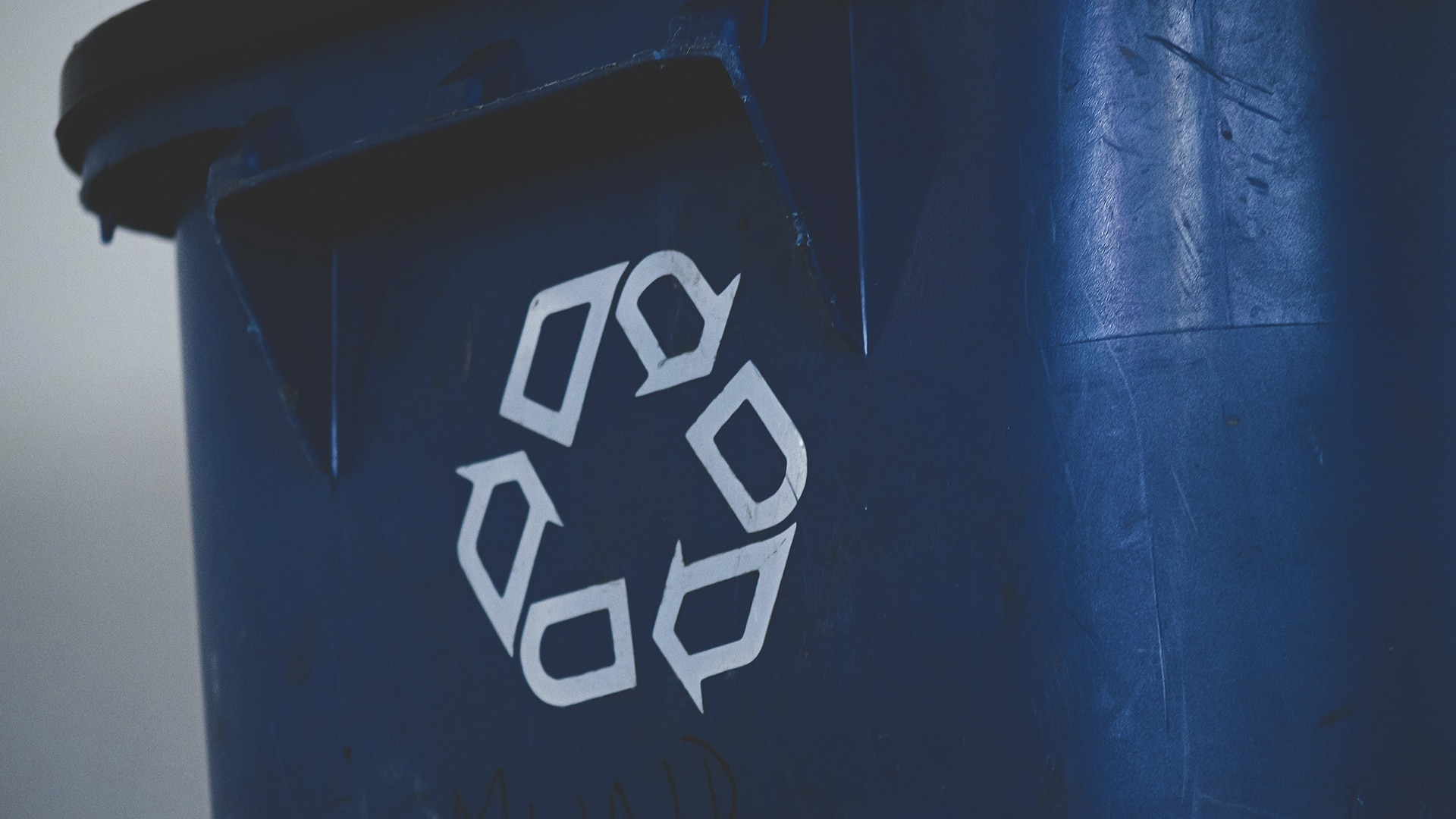The laser marking revolution in the recycling industry
Today, sustainability and the circular economy are key pillars for many industries, and material recycling plays a crucial role in this new paradigm. With the growing need to reduce environmental impact and improve waste management efficiency, advanced technologies are transforming the way we identify and sort recyclable materials. Among these technologies, laser marking stands out as an innovative and effective solution that significantly improves recycling processes.
SIC Markinga leader in marking systems, has developed laser marking technologies that are revolutionizing the recycling industry. recycling industry. In this article, we will explore how laser marking is facilitating the identification and sorting of recyclable materials, optimizing recycling processes and contributing to a more sustainable future.
The importance of identification and sorting in recycling
Efficient recycling depends to a large extent on the correct identification and sorting of materials. Without accurate identification, it is difficult to separate different types of plastics, metals, glass and other materials, which can lead to a loss of quality in recycled materials and increased operating costs.
Mis-sorting can not only affect the purity of the recycled material, but can also lead to cross-contamination, where different types of materials are mixed, making further processing difficult. To address these challenges, a robust and reliable identification system is crucial, and this is where laser marking presents itself as a key solution.
Laser marking: precision and durability in material identification
Laser marking is a technology that uses a highly concentrated beam of light to permanently etch codes, text or images into the surface of a material. Unlike other marking methods, the laser offers exceptional precision and can be adapted to a wide range of materials, from plastics and metals to ceramics and glass.
One of the greatest benefits of laser marking in the recycling industry is its durability. Laser marks are resistant to wear, chemicals and extreme conditions, ensuring that the identification of materials remains intact throughout the entire recycling process. This is particularly important in industries where recyclable materials may go through multiple stages of processing before being reused.
Facilitating traceability and waste management
Traceability is a crucial aspect of modern waste management. The ability to trace the origin, composition and destination of recyclable materials not only improves recycling efficiency, but also ensures compliance with increasingly stringent environmental regulations.
Laser marking facilitates traceability by enabling precise coding of information on materials. For example, a QR code or laser-engraved barcode on a product can contain detailed information about the type of material, its origin and recycling instructions. This information can be scanned and used at different stages of the recycling process, from collection to sorting and reprocessing.
In addition, the integration of these codes with waste management systems based on the Internet of Things (IoT) enables real-time monitoring of the flow of materials, optimizing logistics and reducing costs associated with waste management.
Improving automatic material sorting
One of the areas where laser marking has a direct impact is in automatic material sorting. Current sorting systems often rely on optical sensors, machine vision systems and material recognition technologies that can be significantly improved through the use of laser marking.
By engraving specific information directly on recyclable materials, sorting automation is facilitated. Automated systems can read these markings and sort materials accurately and quickly, reducing reliance on human intervention and minimizing errors.
For example, in a recycling plant, laser-marked products can be automatically identified and separated according to their composition, which improves the purity of the recovered materials and increases the value of the end product. This not only optimizes the process, but also contributes to sustainability by ensuring that materials are recycled more effectively.
Contributing to the circular economy
Laser marking is not only a powerful tool for material identification and sorting, it is also a key enabler of the circular economy. By ensuring that materials can be correctly identified and sorted, laser marking helps to close the product life cycle, allowing recycled materials to re-enter the production cycle with the same quality and functionality as virgin materials.
In addition, by improving recycling efficiency and reducing cross-contamination, laser marking helps to reduce demand for natural resources and reduce greenhouse gas emissions associated with the production of new materials. This is not only beneficial for the environment, but also represents a competitive advantage for companies seeking to align with increasing demands for sustainability from consumers and government regulations.
Success stories in the recycling industry
Numerous industries are already adopting laser marking technologies to improve their recycling processes. From the automotive sector, where laser-marked vehicle parts can be efficiently tracked and recycled, to the packaging industry, where laser-marked plastic containers facilitate automated sorting and high-purity recycling.
SIC Marking has been at the forefront of this revolution, offering laser marking solutions that are adaptable to the specific needs of each sector. These solutions not only improve operational efficiency, but also ensure that recycling processes are more sustainable and cost-effective.
Conclusion
The recycling industry is at a crossroads where technology and sustainability must converge to create a cleaner, more efficient future. Laser marking, with its accuracy, durability and ability to integrate with automated systems, is playing a key role in this transformation.
SIC Marking, with its expertise and leadership in marking technologies, is helping companies adopt these innovations, improving their recycling processes and contributing to the creation of a more robust circular economy. As we move towards a more sustainable world, laser marking is emerging as an indispensable tool for the efficient identification and sorting of recyclable materials.
